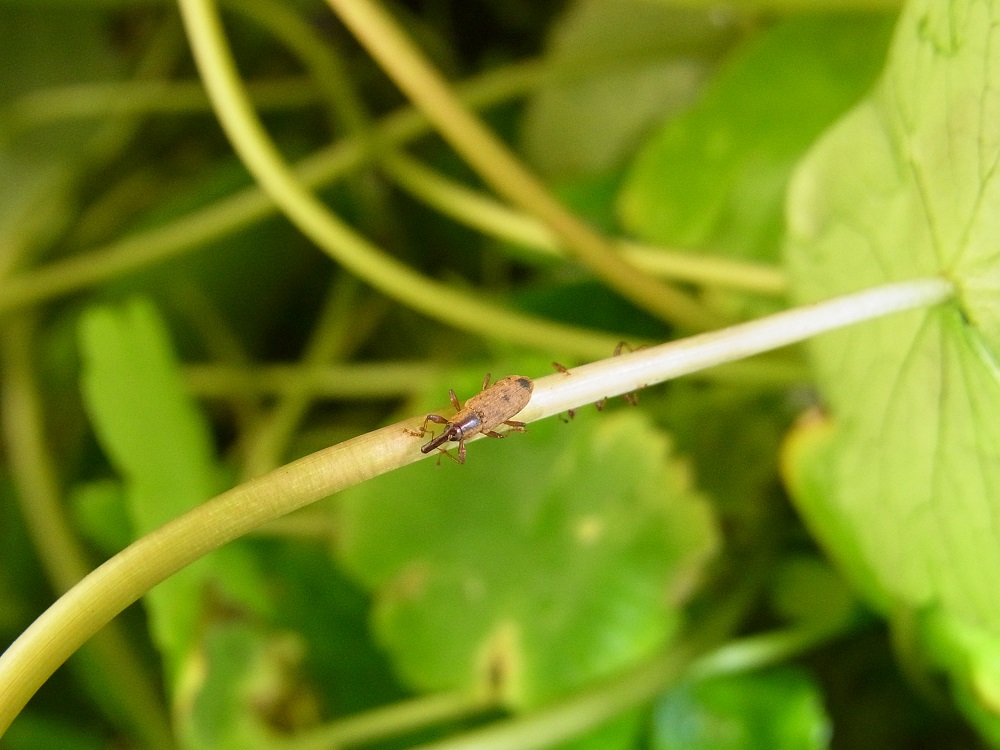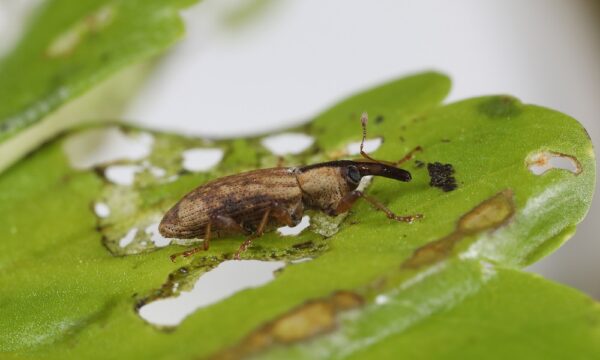
As part of UK Invasive Species Week 2021, we bring you – thanks to our friends at the Angling Trust – this collection of photos taken at the launch of a national campaign to tackle the highly invasive floating pennywort from blighting Britain’s rivers and lakes.
Floating pennywort – first found in the wild in England in the 1990s – can grow at an incredible 20cms a day from tiny fragments to form dense mats that cover the water’s surface. These can block out light, stifle native plants, and make rivers and lakes unsuitable for insects and fish.
The dense rafts can also make waters inaccessible to anglers and present a flood risk when plant mats build up around sluices and drains.
The event was an opportunity to see first-hand the benefits of working collaboratively to tackle floating pennywort (Hydrocotyle ranunculoides). It is anticipated that later this year, a specialist weevil native to South America – Listronotus elongatus –will be released into the wild to provide a sustainable way to halt the spread of the species.
This follows extensive research undertaken by CABI to determine the suitability of the species for release and presents one of several biological controls that are being used to assist in invasive species management.
As part of the campaign launch, Djami Djeddour, Senior Scientific Officer at CABI, joined the Angling Trust and the Herts and Middlesex Wildlife Trust on a visit to the Colne Valley where she met the Colne Valley Fisheries Consultative to help clear a dense mat of floating pennywort.
You can read the full story ‘CABI expertise supports national campaign to control invasive floating pennywort on Britain’s rivers and lakes’ here. Meanwhile enjoy the photos below courtesy of the Angling Trust.


Did you know? Floating pennywort has been banned for sale in the UK since April 2014.






Read more about CABI’s work to ‘control floating pennywort in a safe and sustainable way’ from the project page.
Related News & Blogs
Biological control in action: Zambia’s field days on fighting fall armyworm
Experts from CABI recently held two field days and an expo in Zambia, showcasing innovative approaches to pest management to 584 farmers, agro-dealers and other stakeholders to help raise awareness of approaches to tackle the invasive fall armyworm (Sp…
11 June 2025




